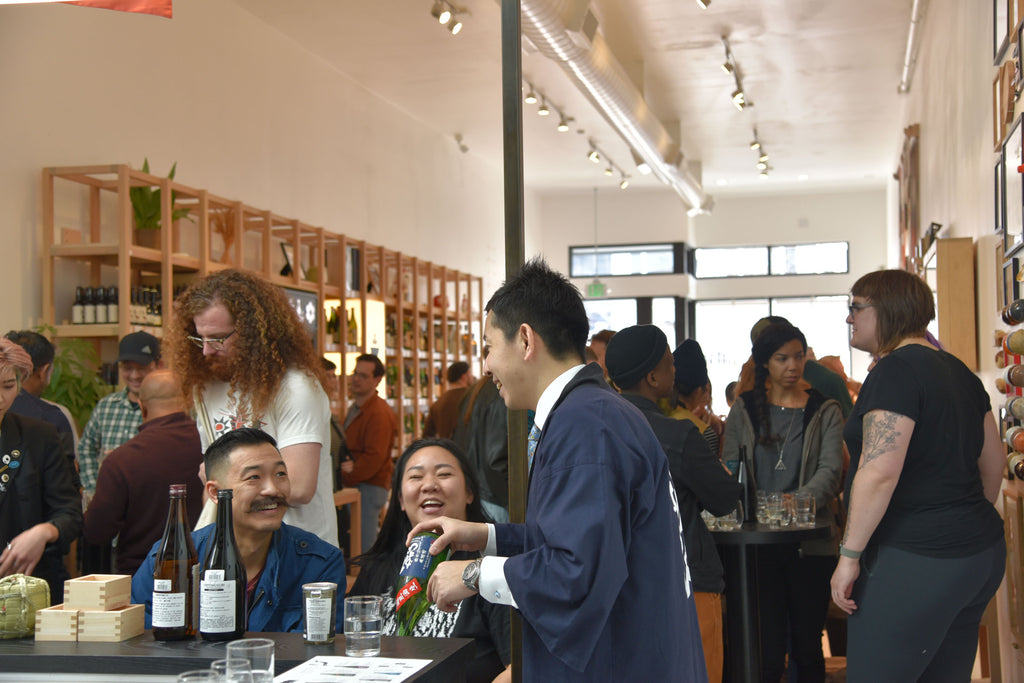
We celebrated muroka sakes in January. So what does muroka mean? Muroka is comprised of the following kanji characters, 無 (mu): nothing; 濾過 (roka): filtering, referring to sakes that have not gone through charcoal filtering.
You can read more about muroka here, but in general, muroka sakes express minerality and umami in flavor, and often look golden in hue.
To coincide with muroka month, we invited So Okasora from Chiyomusubi Shuzo in Tottori, Japan. The Chiyomusubi Tokubetsu Junmai was featured in Sake Gumi in January, which was a perfect example of muroka - golden, with some tropical fruit and minerality. They also make a line of sakes made with Goriki rice that are all muroka.
So-san was kind enough to bring one very special bottle in his suitcase - the Goriki 40 Junmai Daiginjo, which was also a muroka.

The event started right as we opened our doors at noon.
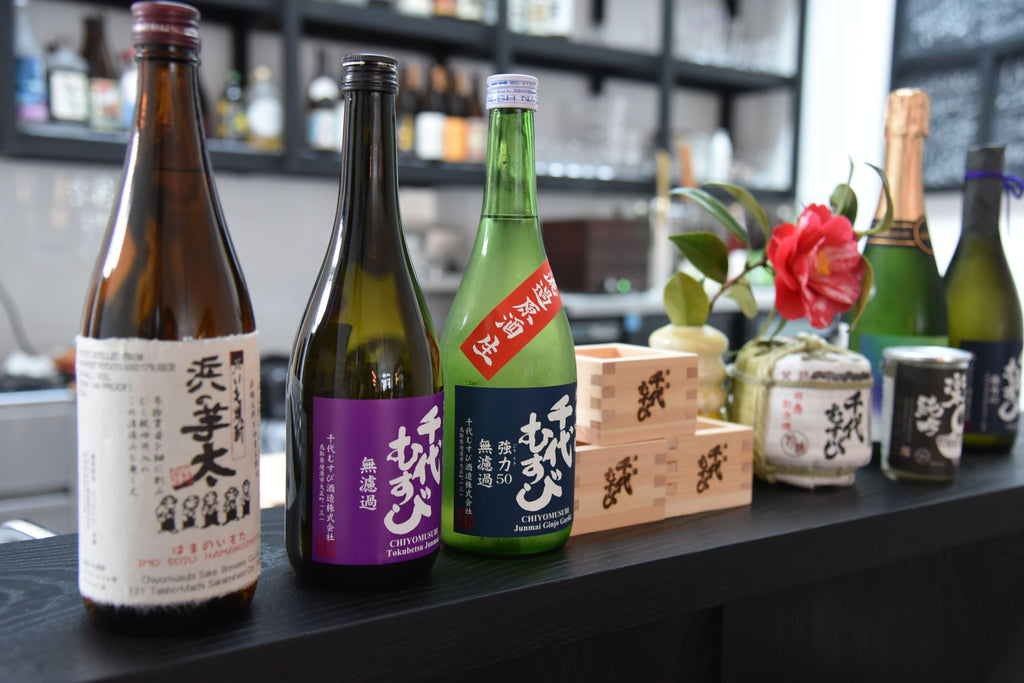
We had the menus and line up ready.

So-san shows off his happi, with the festive Chiyomusubi logo on the back.
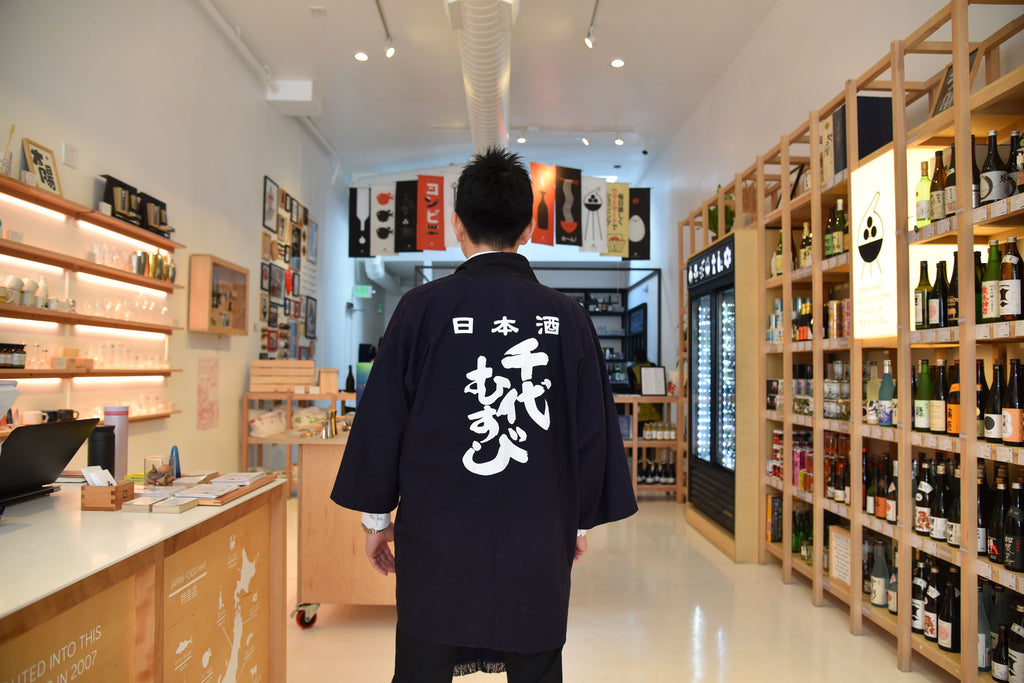
Kayoko checks people in as they show up promptly to try the special bottle. It was lush and full of lychee and bananas on the nose.
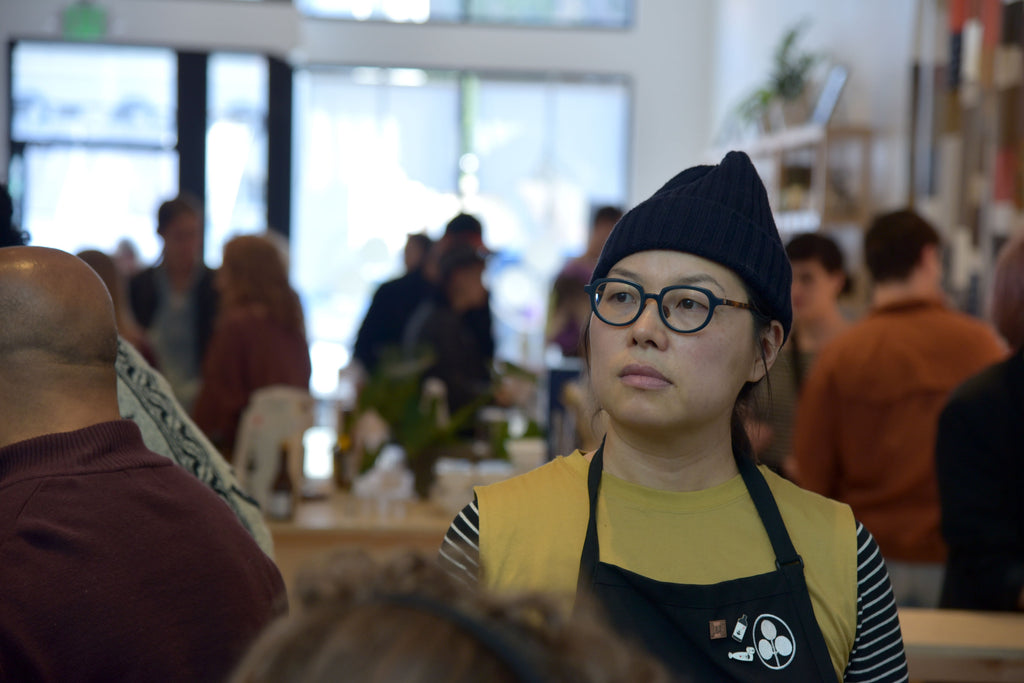
Pretty soon the whole bar was buzzing with talk of muroka, Goriki, and koji.
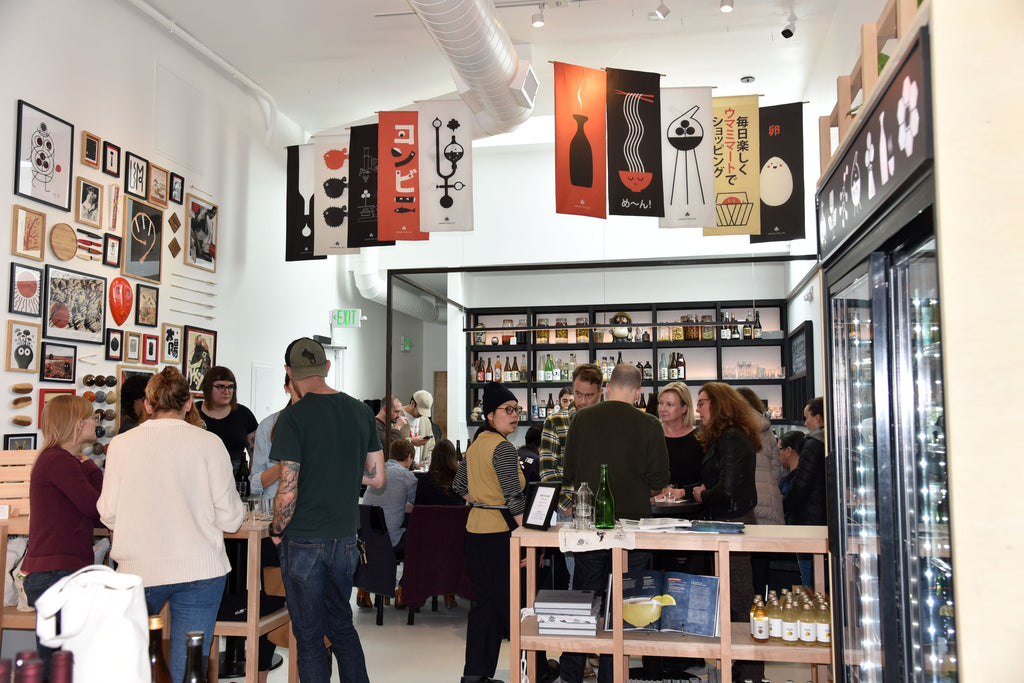
The Oyaji One Cup by Chiyomusubi has always been a best seller at Umami Mart, a fruity sake that has notes of pear and grape and a solid umami flavor. The Oyaji is a character from the famed 1960s manga Ge-ge-ge no Kitaro by Shigeru Mizuki, who was raised in Tottori.
We also got two exclusive bottle of Chiyomusubi's sparkling sake, Sorah, made in the champagne style.

You can see that the sakes were very golden in color, thanks to the muroka process.
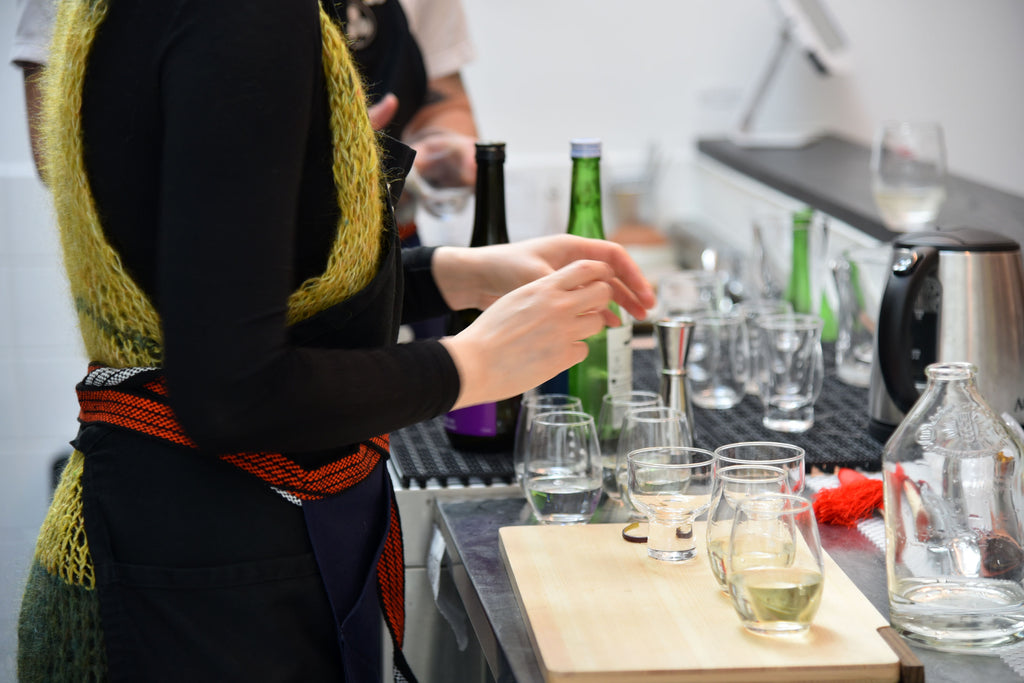
So-san brought some useful literature for guests to read and learn from.
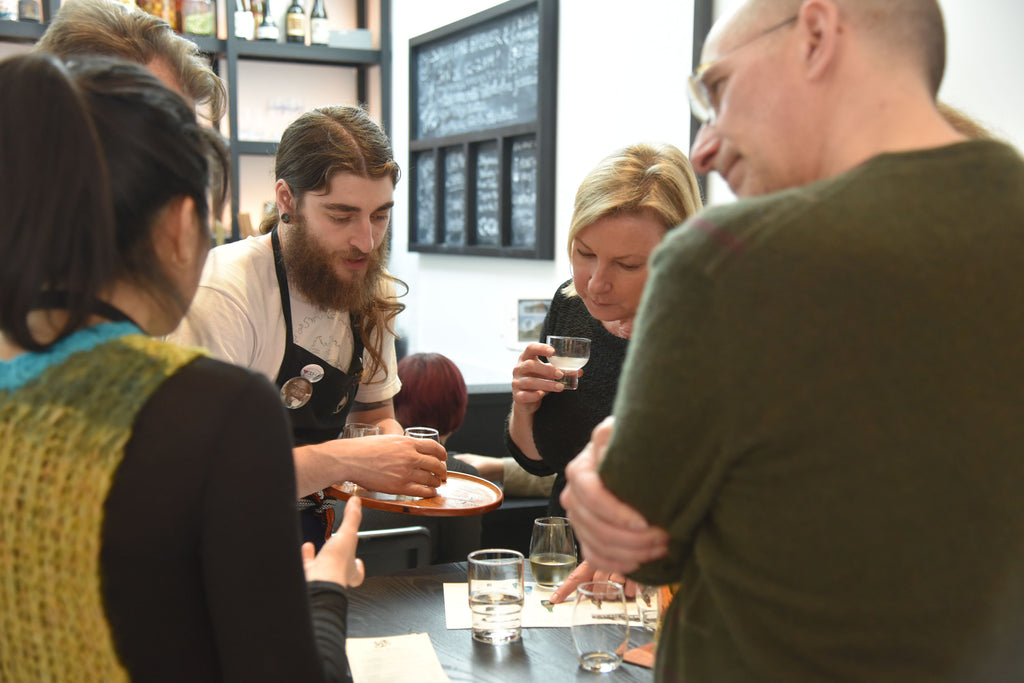
Meanwhile, things were also buzzing in the front with guests and members picking up sake.
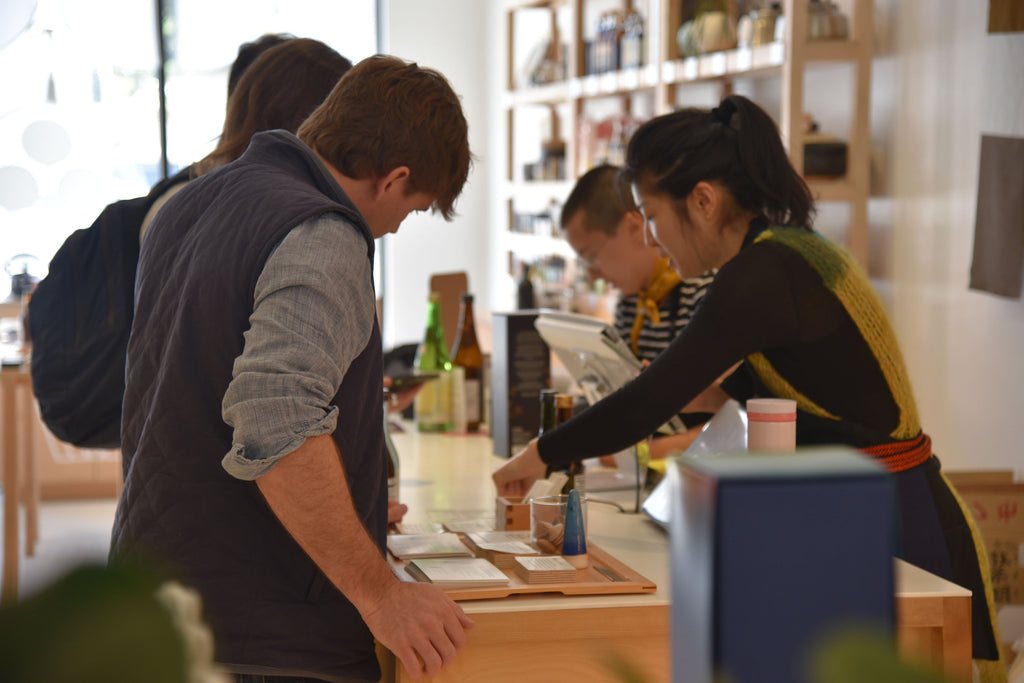
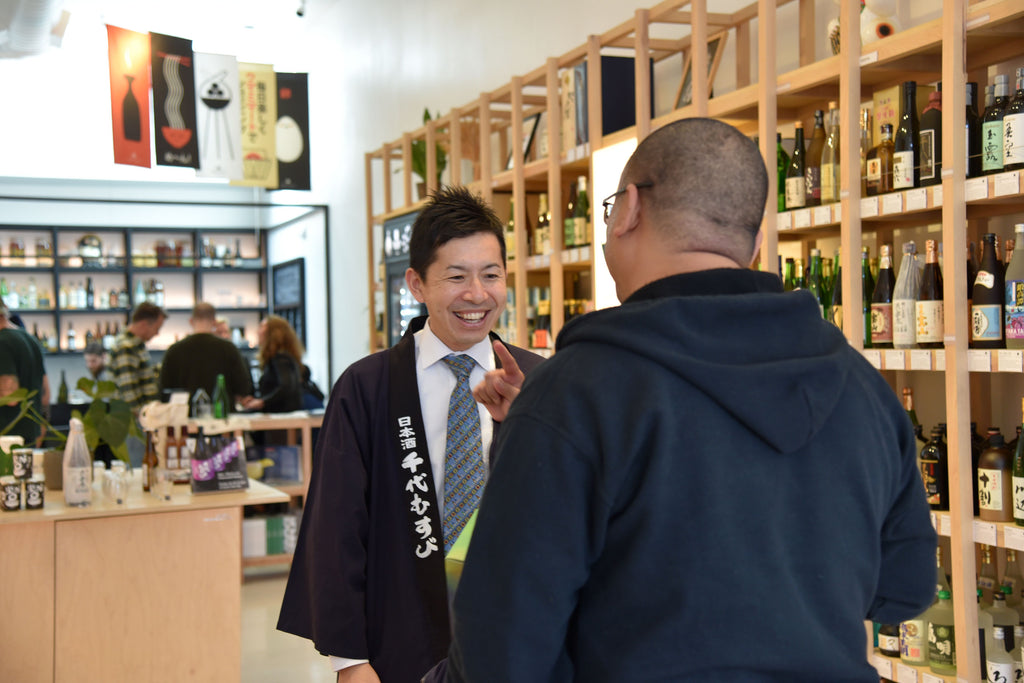
Thank you to everyone who came and shared their smiles in exchange for sake!
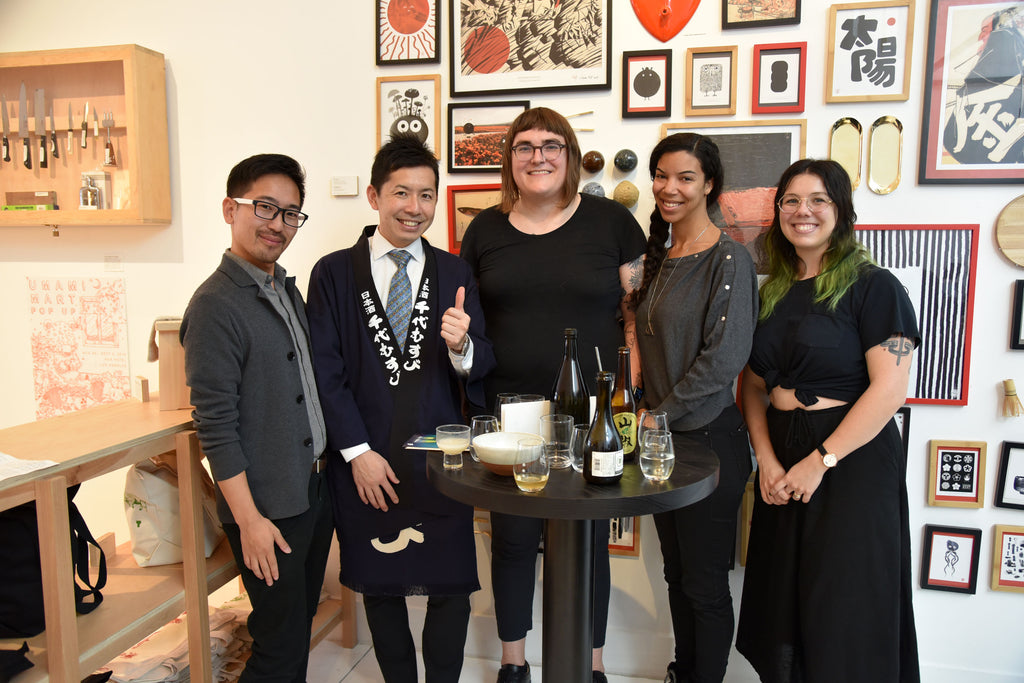

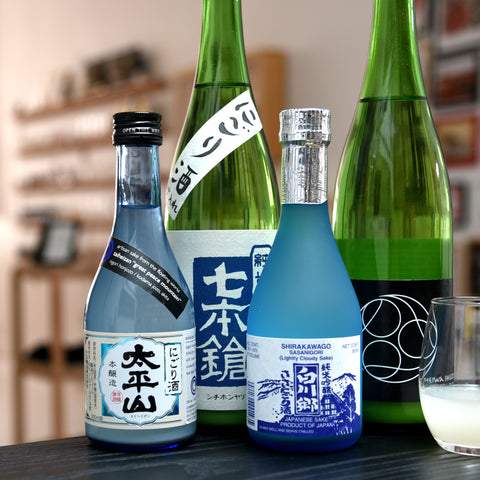


Comments (0)
There are no comments for this article. Be the first one to leave a message!